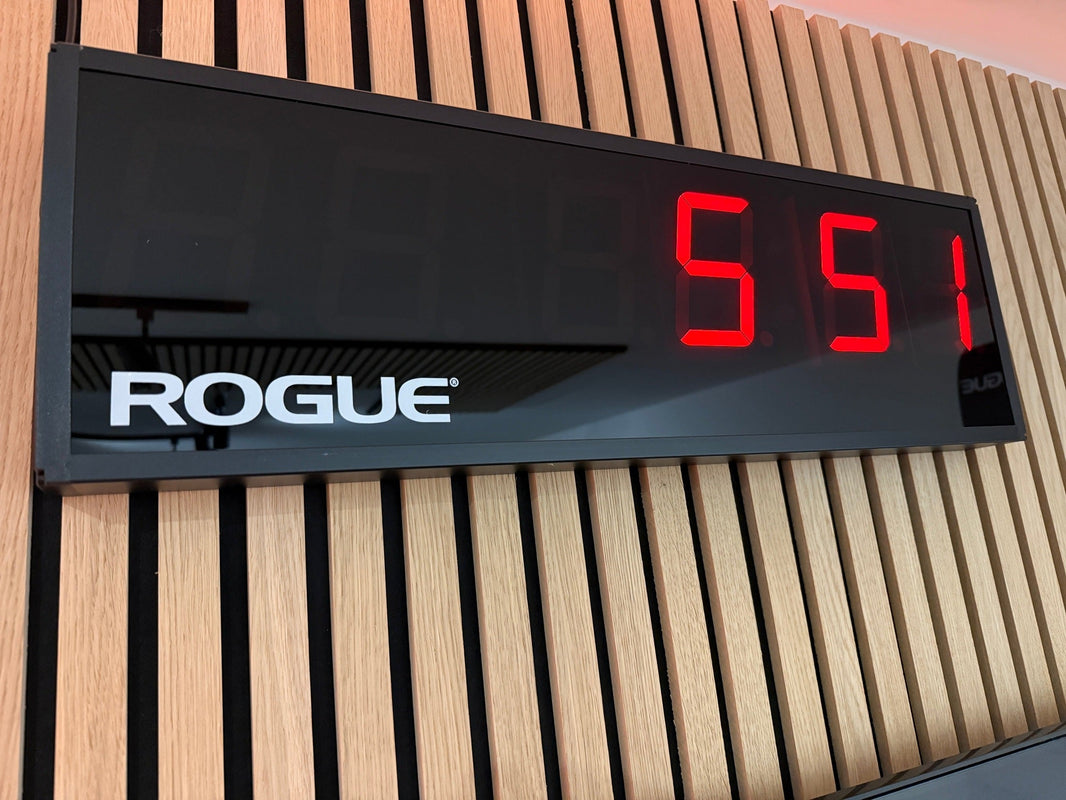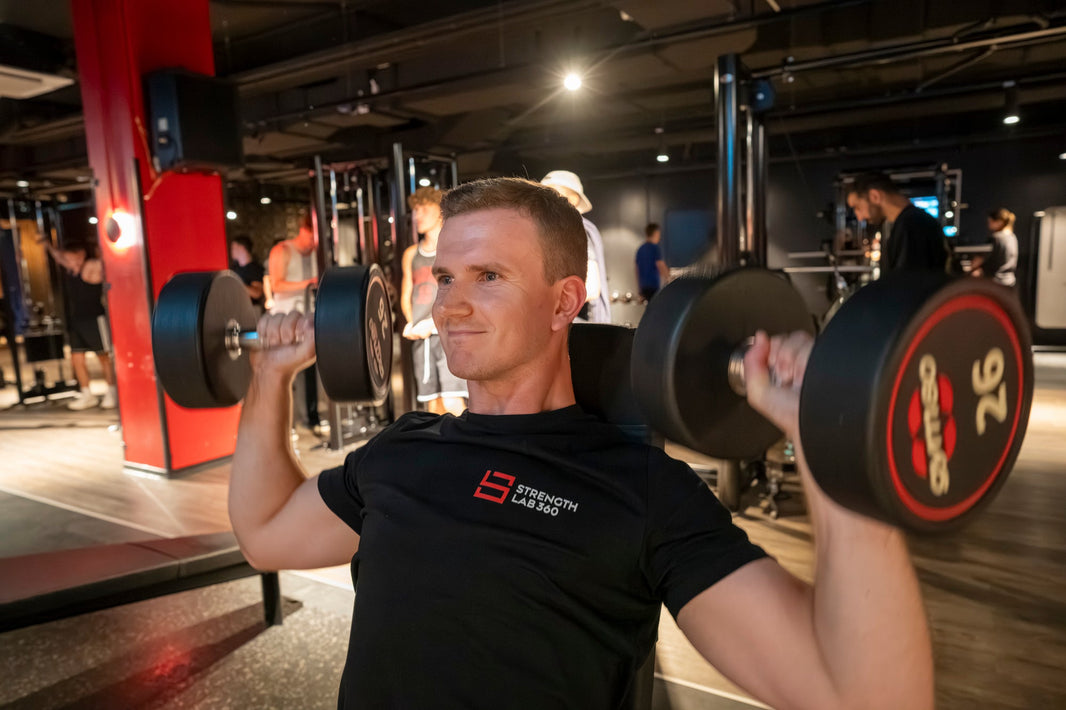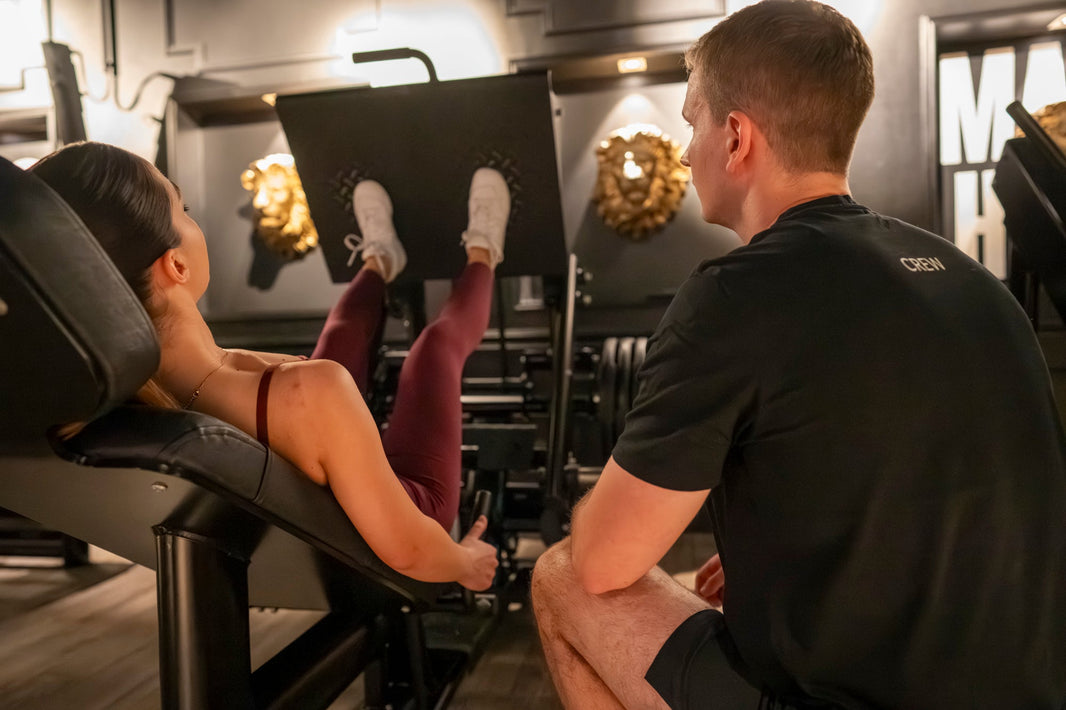Build Muscle After 40 with Smarter Workouts, Exercise and Proven Strategies to increase Muscle and Strength
If you want to gain muscle after 40, you're not alone—and you're not out of time. Whether you're getting back into fitness or trying to break through a plateau, the right mix of exercise, workouts, and training strategies can help you gain real muscle and strength. This guide shows you how to train smarter, recover better, and use science-backed methods to achieve results at any age.
This article is worth reading because it cuts through outdated myths and focuses on what works for people training past 40. You'll learn how to adjust your workout routine, apply effective resistance exercises, and take advantage of tools like the StrengthLab360 app to ensure sustainable progress.
Why Is It Harder to Build Muscle After 40?
Once you reach your 40s, your hormonal environment begins to shift. Levels of testosterone and growth hormone decline, muscle recovery slows down, and joint stiffness or aches and pains can creep in. While these factors may make it harder to build muscle, they don’t make it impossible.
The goal in your 40s shouldn't be to avoid breakdown—it's to pursue muscle growth and strength gains deliberately. You can still train hard, move big weights, and hit personal bests, provided you manage your fatigue and recovery properly. Proper warm-ups, periodized programming, and movement selection are critical to optimize performance while reducing injury risk.
Can You Still Build Muscle and Strength After 40?
Yes, you can absolutely still build muscle. Age changes the rate of muscle recovery, but it doesn’t eliminate the body’s ability to respond to training. What’s needed is a shift in strategy: eliminate junk volume, prioritize big lifts, and recover like it’s your job.
A focused plan that includes compound exercises as well as isolation/machine exercises, proper rep ranges, and progressive overload will trigger muscle growth at any age. You should also incorporate deload weeks, emphasize sleep and nutrition, and reduce excessive fatigue. With tools like the StrengthLab360 app, you can stay on track with tailored programs, recovery guidance, and ongoing performance tracking to ensure consistent progress.
How to Start Building Muscle in Your 40s: Build a Foundation First
Before loading up the barbell, it's essential to build a foundation. This doesn’t mean avoiding hard training—it means preparing your body to handle it. Start by mastering body weight training like push-ups and squats to engrain solid mechanics. Emphasizing full range of motion, motor control, and joint stability early on builds capacity for heavier lifting later.
Mobility and control matter, but don’t get stuck there. The point of a foundation is to quickly move toward serious strength training with good form and a base level of endurance. Incorporating weights, tempo training, and low-impact circuit work can help bridge the gap between general fitness and focused hypertrophy work. The goal is not injury prevention alone—it’s performance and progression.
Strength Training and Muscle Building After 40: Smart, Safe, and Effective
When it comes to muscle building after 40, strength training is your most powerful tool. Focus on compound exercises that engage multiple muscle groups at once—think squats, bench press, and rows. These lifts allow for progressive loading and stimulate systemic adaptations in strength and muscle mass.
Begin with two to three strength-focused workouts each week. Start with moderate loads and pay attention to form. Over time, apply progressive overload by increasing reps per set, adding weight, or increasing time under tension. Incorporate barbell, dumbbell, and cable variations to maintain movement diversity. Prioritize rest days and listen to your body's feedback, using tools like RPE (Rate of Perceived Exertion) to monitor training intensity.
What’s the Best Workout Routine for Men Over 40?
A well-rounded training split for hypertrophy and strength typically includes 3 to 5 training days per week. Popular and effective approaches include full-body sessions performed two/three times weekly or upper/lower splits done around four times weekly. Advanced trainees may also opt for a push/pull/legs split across four to six days, provided recovery is adequate.
Each workout should focus on large muscle groups using compound lifts like squats, bench press, and rows. These exercises provide the most mechanical tension and stimulus for growth. Pairing these with targeted accessory work—such as leg curls, cable flyes, triceps pushdowns, and rear delt raises—helps balance development and increases overall training volume. Ensuring that accessory work complements rather than exhausts is key to long-term progress.
Shorter workouts with real intensity beat marathon sessions. Stick to 3–5 hard sets of 3–4 key movements per session. Keep rest intervals timed, warm-ups focused, and transitions efficient. Many users report that routines in the StrengthLab360 app offer the right blend of load, frequency, and simplicity for strength-focused lifters over 40.
Are Rep ranges, Sets, and Volume Different After 40?
While the principles don’t change, your tolerance to training volume might. Aim for 6–12 reps per set to maximize muscle growth in those ranges. If you're focusing on strength and power, go lower (3–6 reps). Higher reps (12–20) can be used for isolation work or when joint stress is a concern.
What matters most is stimulus, not soreness. Focus on perfect execution and keep a log. Training intensity should challenge you, not crush you. Use deloads strategically and track trends over weeks and months, not just individual sessions. Adjust volume based on your ability to recover and progress while ensuring every set counts.
Best Exercises for Building Muscle, Strength and Power: From Squats to Bench Presses
Building muscle isn’t just about moving weight – it’s also about what’s happening inside your body. Heavy compound exercises have an incredible impact on your hormonal environment. Movements like squats, deadlifts, and presses don’t only work multiple muscles at once; they also fire up a surge of anabolic hormones like testosterone (and even growth hormone) far more than isolation exercises ever could. For example, a heavy set of squats with multiple reps and sets puts huge systemic demand on your body. This intense full-body effort recruits large muscle groups and taxes your central nervous system, leading to a short-term spike in circulating testosterone.
Science shows that the biggest testosterone boosts come from big lifts performed with high intensity and volume. In practical terms, that means using major muscle groups, lifting heavy, doing several sets, and keeping your rest periods fairly short. A tough, high-volume workout (think multiple sets of squats or deadlifts) can send your testosterone levels soaring for a brief period post-exercise. While this acute spike is short-lived (usually an hour or less) and won’t permanently raise your hormone levels, it does create a favorable environment for muscle building. In those post-workout minutes, your body is primed for muscle protein synthesis and strength adaptation. In plain English, you’ve set the stage for your muscles to repair and grow stronger.
These hormonal surges also come with a nice bonus: a boost in energy and mood. If you’ve ever walked out of the gym feeling invincible after a heavy squat or bench session, that “post-lift high” is partly your hormones at work. The rush of testosterone and other growth factors can leave you feeling more energized, focused, and confident in the hours after training. It’s a natural pick-me-up that makes you feel ready to crush anything. This positive mood and extra drive can keep you motivated for your next workout and help you push through tough sets.
However, it’s important to remember that long-term gains are driven by consistency, not just one-time hormone spikes. Those testosterone boosts from a workout are temporary – your levels will drift back to normal relatively soon after. The real secret to getting bigger and stronger is steady, progressive training over time. Think of the hormone spike as a short-term bonus, not a magic ticket to instant muscle. Keep hitting those big lifts regularly, gradually increase your weights, and recover properly. Over weeks and months, this consistent effort is what sends your strength and muscle size through the roof. In fact, regular heavy training can help optimize your baseline hormone levels and overall training capacity in the long run, far more than any single workout’s spike.
Serious muscle building means serious lifting. Compound exercises like squats, deadlifts, bench presses, overhead presses, and barbell rows should form the foundation of your program. These big multi-joint movements allow you to handle heavy loads with full-body tension, translating into real strength and size gains. They also train your body in other ways – improving your coordination, strengthening your joints, and teaching your nervous system to be more efficient under heavy stress. And every time you perform them with high effort, you’re not only building muscle through mechanical work, you’re also triggering those beneficial hormonal responses that help fuel your progress. So load up the bar, focus on proper form, and attack those compound lifts. You’ll build more muscle, feel more energized, and know that you’re priming your body (and hormones) for ultimate growth and performance.
How to Use Cardio to Your Advantage?
Cardio has its place, but don’t let it take center stage. It can support muscle recovery, work capacity, and conditioning—but it shouldn’t interfere with your lifting progress. Too much cardio can eat into recovery resources and reduce strength performance if not managed well.
Do 2–3 short sessions per week (20–30 minutes) of low-impact conditioning like cycling, sled work, or incline walking. Keep it brief and recovery-friendly so it adds to your strength efforts rather than subtracting from them. Zone 2 cardio can also improve heart rate variability, blood flow, and muscular endurance—all of which contribute to better training longevity.
Tips for Building Muscle Faster: Recovery, Nutrition, and Consistency
Lifting hard only works if you recover harder. Get 7–9 hours of sleep, take deload weeks when needed, and eat to support growth. Don’t try to stay ultra-lean year-round—it will limit your ability to build muscle. Stress management, hydration, and mobility work all contribute to recovery capacity.
Prioritize protein: 1.6 to 2.2 grams of protein per kilogram of body weight per day. Eat consistently and support training with quality carbs and fats. Use supplements like creatine, whey protein, or omega-3s if dietary gaps exist. With the StrengthLab360 app, you can track not only your lifts but your recovery habits too. Consistency across training, nutrition, and lifestyle is what drives muscle gain—not just effort in the gym.

What Is Sarcopenia and Why Should You Care?
Sarcopenia is the gradual loss of muscle mass that comes with age—typically starting around age 40. Without intervention, it can lead to weakness, metabolic slowdown, and increased risk of falls or injury. For women and men over 40, preventing muscle loss is essential not just for aesthetics, but for long-term strength and physical capability.
The most powerful way to combat sarcopenia is through strength training. Resistance exercises generate the mechanical tension necessary for muscle maintenance and growth. Whether you’re using machines, free weights, or body weight exercises, the key is consistent and progressive effort. The StrengthLab360 app offers guided training plans specifically designed to counteract muscle decline and support long-term performance by progressively challenging your muscles.
Summary: What to Remember When Training After 40
-
You can still build muscle after 40 by training with intensity and focus.
-
Prioritize heavy compound lifts like squats, rows, and bench press.
-
Manage fatigue and recovery to train hard consistently—not sporadically.
-
Keep cardio short and supportive, not exhausting.
-
Use a structured system like the StrengthLab360 app to track progress and stay accountable.
The best time to start building was yesterday. The next best time is now. With the right strategy and consistency, your 40s and 50s can be your strongest years yet.







